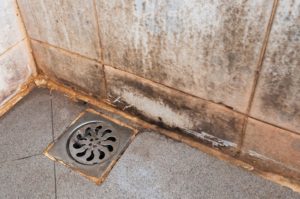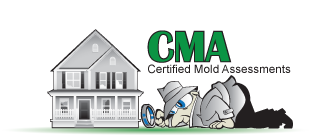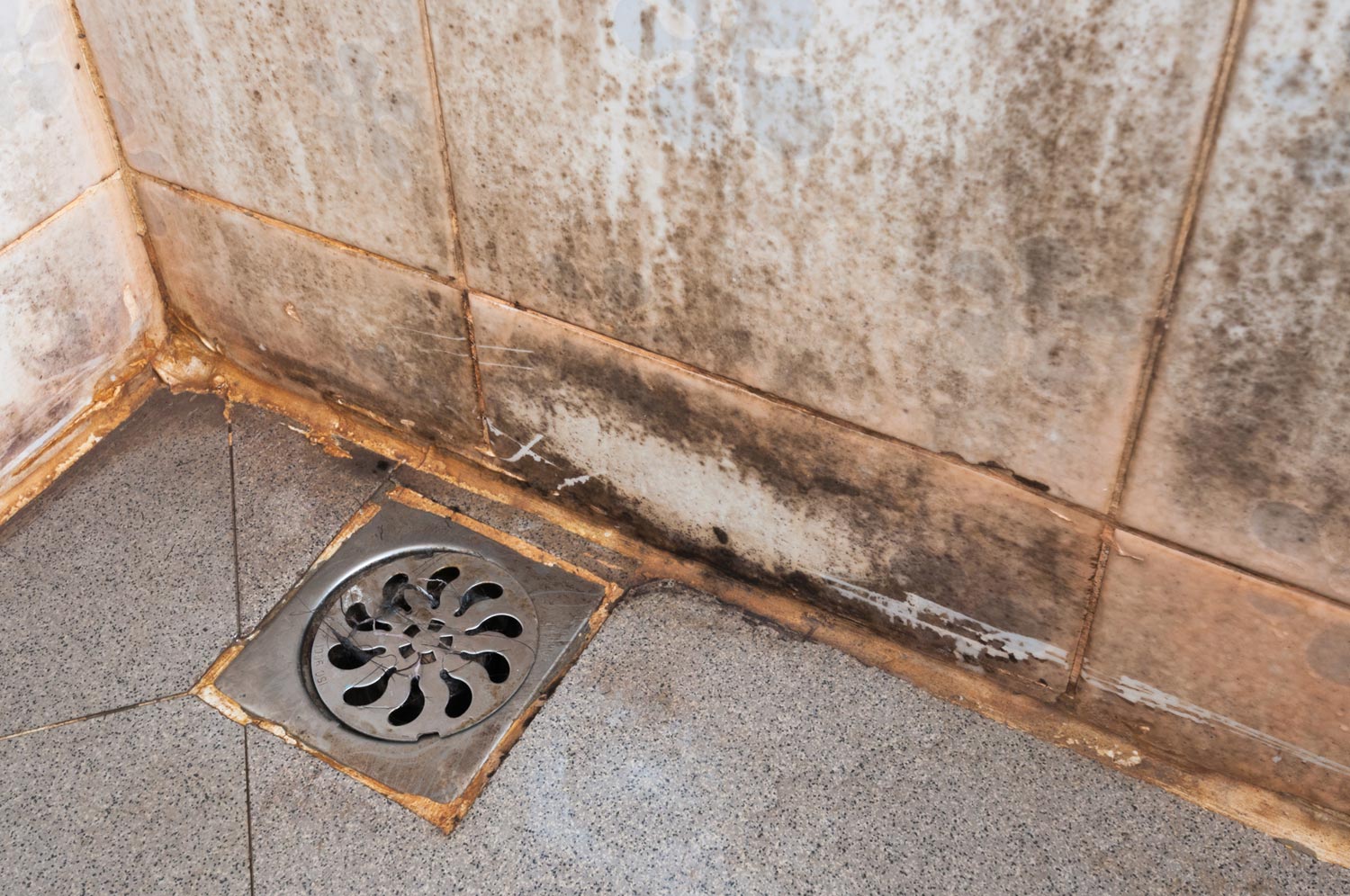 There’s a reason why scary movies never seem to go out of style – people like a good scare once every so often. Call it a natural human instinct. There’s a definite chemical rush involved, and some people like it more than others. But when it comes to real life situations, it’s a completely different story. We’re not talking about the kind of thing you see in scary movies, but everyday situations that are scary for real and practical reasons.
There’s a reason why scary movies never seem to go out of style – people like a good scare once every so often. Call it a natural human instinct. There’s a definite chemical rush involved, and some people like it more than others. But when it comes to real life situations, it’s a completely different story. We’re not talking about the kind of thing you see in scary movies, but everyday situations that are scary for real and practical reasons.
Residential mold problems, for instance. This isn’t something that would make a good horror flick, but it’s a very scary problem for countless Americans out there. Why? First there are the health problems. If you have toxic mold growing in your home, there are a whole host of health problem involved, whether or not you are aware of the mold. Exposure to toxic mold primarily causes respiratory illnesses, but can also cause skin rashes and even neurological problems. Many people don’t realize how ill they have actually been until the problem is discovered and solved, and their full health returns.
Aside from health, there’s the question of equity and property value. A major mold-related event can wreak havoc on the market appeal and market value of your home. That’s because many states and localities legally require owners to disclose such events to potential buyers and agents. There have been documented cases of beautiful, valuable homes taking a huge hit in terms of market value – this is not a situation that any hard-working homeowner wants to face. You work so hard to make those payments and build that equity. Can you imagine a situation in which microscopic mold spores attack not only your physical health, but your mental health as well?
Hollywood may not have a script for this, but it’s a realty that you yourself might face – unless you understand the logic behind mold prevention. If mold gets out of hand, you’ll need a professional to come and perform something known as mold remediation. This is a blend of professional techniques to completely remove and resolve residential mold problems. But even if you have the very best professional out there, a resolved mold problem may still be something that you need to report if you ever try to sell or refinance your home. That’s why prevention is always the best mindset.
Preventing toxic mold involves understanding how and why it grows. Most strains of mold need humidity to thrive, in addition to a good feeding surface (cellophane is one of the most favorable for mold – hence the presence of mold on old stacks of newspapers and magazines in the basement). Mold also tends to grow in dark, out-of-the-way places. Even when you notice visible mold and try to clean it yourself, you should be aware that the problem may have deeper roots.
Consulting a professional is a good way to “clear the air” and find out exactly what’s going on at home, in terms of a potential mold risk. A reputable mold testing professional is able to give you a reliable, scientific assessment that tells you exactly what’s going on. Chances are, you don’t have a mold problem. But if you do, you’ll know exactly how to rectify it in a way that best serves your physical and financial health.

